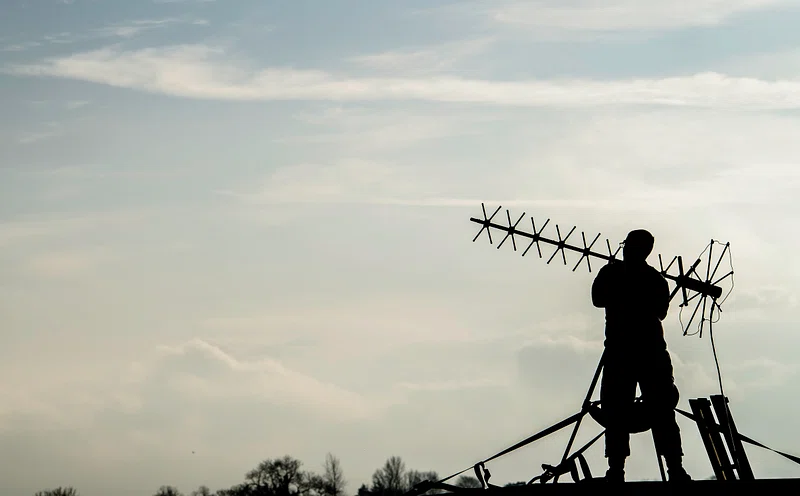In the age of streaming services and digital cable, over-the-air television might seem like a relic of the past. However, with the right setup, you can access a plethora of high definition antenna channels using an antenna. If you’re looking to expand your channel options without breaking the bank, here’s a comprehensive guide on how to get more high definition antenna channels.
Types Of Antennas
Before diving into ways to increase your channel count, it’s essential to understand the types of antennas available. There are indoor antennas, which are compact and suitable for urban areas with strong signals, and outdoor antennas, which offer better reception in rural or suburban areas with weaker signals. Choose the type that best suits your location and needs.
Positioning Your Antenna
The key to maximizing your channel options lies in finding the optimal placement for your antenna. Experiment with positioning by placing your antenna near a window or as high as possible within your home. In some cases, rotating the antenna slightly can make a significant difference in signal strength and the number of channels you receive.
Channel Search
Once your antenna is properly positioned, it’s time to scan for channels. Most modern TVs have a built-in channel search feature that automatically detects available channels. Be patient during this process, as it may take some time for your TV to recognize all the available channels in your area.
Upgrading Your Antenna
If you’re not satisfied with the number of channels you’re receiving, consider upgrading to a higher-quality antenna. Look for antennas with a longer range and better reception capabilities, especially if you live in an area with weak signals. While it may require a larger investment upfront, a quality antenna can significantly increase your channel options in the long run.
Using Signal Boosters
In areas with particularly weak signals, a signal booster can help amplify the strength of your antenna’s reception. These devices work by boosting the incoming signal before it reaches your TV, resulting in clearer picture quality and access to more channels. Just be sure to place the signal booster between your antenna and TV for optimal results.
Exploring Alternate Frequencies: UHF vs. VHF Channels
Understanding the difference between UHF (Ultra High Frequency) and VHF (Very High Frequency) channels can also help you access more content. While many modern antennas are designed to receive both types of signals, some older antennas may be limited to either UHF or VHF. Check the specifications of your antenna to ensure compatibility with the full range of available channels.
Weather Effects
It’s important to keep in mind that atmospheric conditions can affect the quality of your antenna’s reception. Inclement weather such as rain or snow can disrupt the signal, resulting in temporary loss of channels. Additionally, changes in atmospheric pressure can cause signal interference, so be prepared to readjust your antenna as needed to maintain optimal reception.
Online Tools and Apps
In addition to traditional over-the-air channels, there are also online resources and apps that can help you discover new content. Websites like AntennaWeb.org and TV Fool provide detailed maps of available channels in your area, allowing you to identify potential sources of interference and optimize your Indoor and Outdoor Digital hdtv Antenna setup accordingly. Similarly, apps like Tablo and HDHomeRun offer streaming options for over-the-air channels, giving you access to even more content on your favorite devices.
With the right approach, getting more high-definition antenna channels is easier than ever before. By understanding the basics of antenna technology, optimizing your setup, and exploring additional resources, you can access a wide range of free, over-the-air content without the need for expensive cable or streaming subscriptions. So why wait? Start exploring the possibilities today and unlock a world of entertainment right in your own home.
